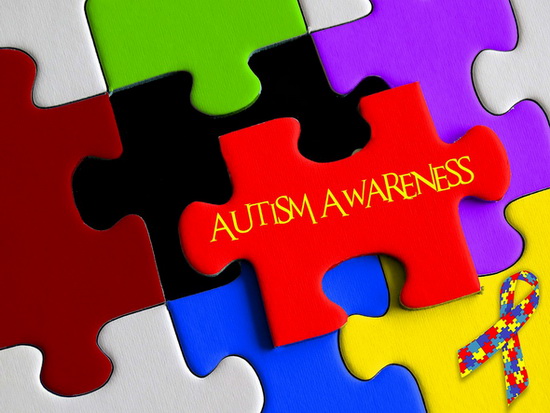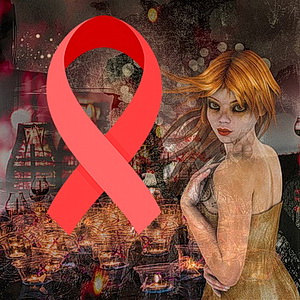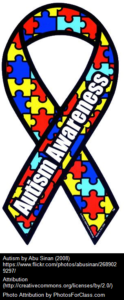A recent study shows that a diabetic is twice as likely to be suffering from depression compared to those suffering from depression without diabetes. This new link is making doctors change their treatment into something more “holistic and very patient-centered,” said Dr. Sherita Golden, professor at Johns Hopkins University of Medicine in Baltimore, Maryland.
Golden is a diabetes management expert that learned early in her career about the dangerous diabetes-depression connection. Golden recalls a very distressed patient that struggled with diabetes for such a long time to the point of wanting to commit suicide. Golden agrees that treating both mental and physical aspects of diabetes together is incredibly important. Golden’s patients have seen an evaluated blood sugar during stressful times in their lives.
Studies are currently being conducted at Johns Hopkins in order to understand the depression-diabetes link. Golden states that “20% of our clinic population with Type 2 diabetes screens positive for depressive symptoms.” More research needs to be done in order to understand whether diabetes causes depression and depressive symptoms or if depression and its symptoms impact blood sugar levels to the point of possibly worsening diabetic symptoms.
Golden and other diabetes experts agree that most of their diabetic patients do best when treated not only in a familiar setting but also in conjunction with mental health services in a clinic or office where they get their primary care. On the American Diabetes Associations website one can find tips for spotting depression and those that have several of the symptoms for two weeks or more are urged to seek professional help.




 Insomnia is a sleep disorder whereby people have difficulty falling and/or staying asleep.
Insomnia is a sleep disorder whereby people have difficulty falling and/or staying asleep.
